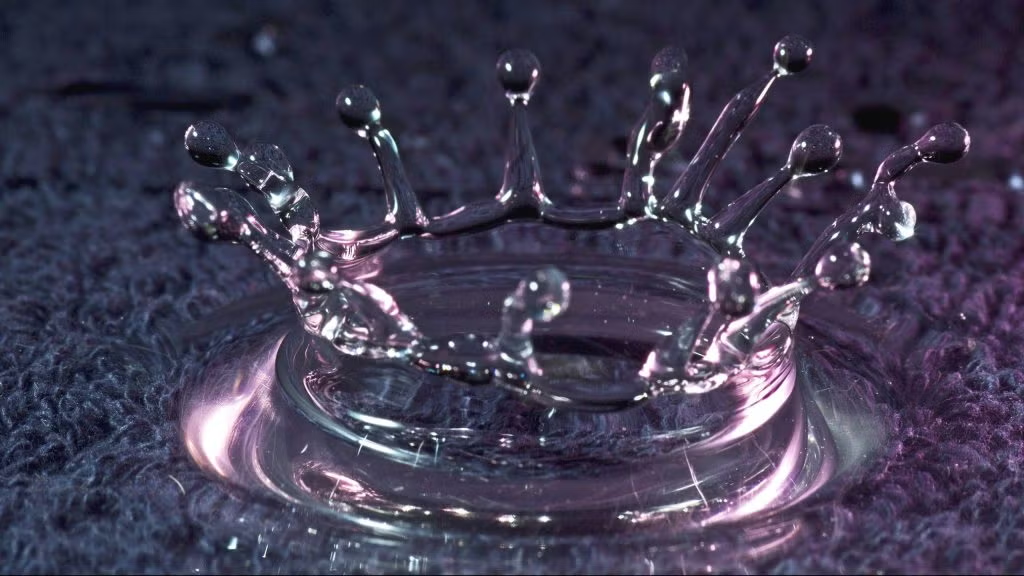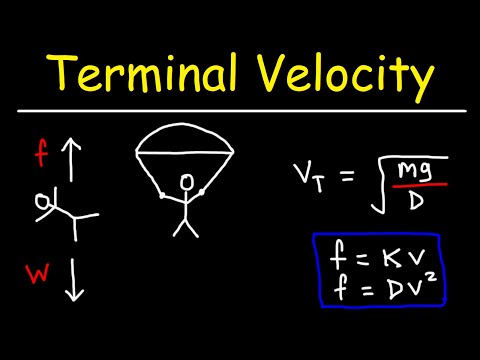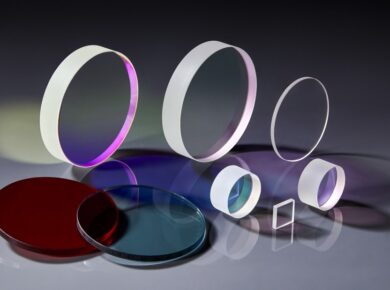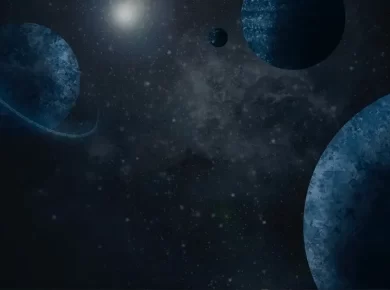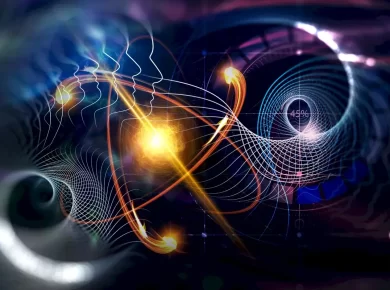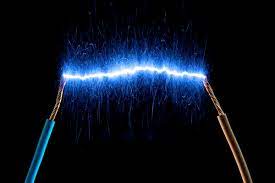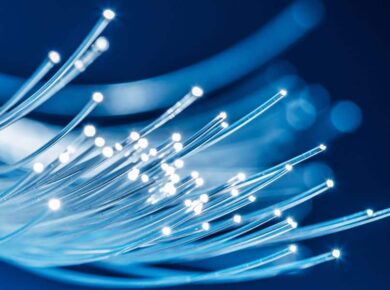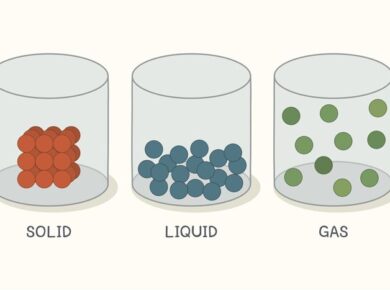Fluids Mechanics
- Pressure in liquid (P) = Density * g * h
- Relative Density (Hg) = 13.6 > Relative Density (Fe) > (Iron flows in mercury & do not sink)
- Atmosphere exerts pressure on us which is balanced by our blood pressure from inside
- Nose bleeding occurs at higher altitudes as pressure exerted by our blood exceeds atm. pressure
- Liquid rises in syringe & straws due to difference in pressure exerted & atm. pressure
- Atmospheric pressure is measured by Barometer
| If barometric height falls suddenly | Storm coming |
| If barometric height falls gradually | Possibility of rainfall |
| If barometric height rises gradually | Fair weather |
- Body inside water feels upthrust hence it is easy to lift anything inside water as compared to the land
- Higher the density of water, greater the upthrust hence it is easier to swim in sea than at swimming pool
Density of Water
- Density of water = 4*C Hence, on cooling density of water rises till 4*C & then starts decreasing
- Density of ice < Density of water
- Volume of ice > Volume of water
- Hence, for the same volume of water & ice —- Weight of water > Weight of ice
- When ice floating in a glass, filled with water, melts then level of water remains same but volume of water decreases
Surface Tension
- Cohesive force b/w liquid molecules that allow it to resist external forces
- Paint brush dipped in water, all hairs spread & when taken out of water they converge
- Liquid drops are mainly spherical in shape to have min surface area as for a given volume, sphere has the lowest surface area
Capillarity
- When a clean glass tube is dipped in water, water rises in it as water molecules are attracted to glass more than to each other
- When the same glass tube is dipped in mercury, level of mercury in glass tube falls below the outside level as mercury molecules are less attracted to glass tube than each other
- That’s why, a drop of water spread on the glass tube but of mercury remains in spherical shape
Viscosity
- Fluid friction for liquids & gases (Unit – Pascal second)
- Viscosity of liquids > Viscosity of gases
- In liquids, viscosity decreases with increase in temperature, whereas in gases viscosity increases with increase in temperature (Viscosity is independent of pressure)
- Falling objects gain velocity upto a certain point & then it becomes constant as net force on the object becomes 0 (due to balance by viscous force). This steady velocity is termed as terminal velocity
- Terminal velocity is higher for heavier & small sized objects
Bernoulli’s Theorem
- Pressure of fluid decreases with increase in the velocity of fluid (P1V1 =P2V2)
- Examples include: Sprayers, Spinning of ball, Wings of airplane (V above wings > V below wings & pressure vice a versa)
✅ Importance of Fluid Mechanics
-
Explains how fluids behave under various conditions.
-
Essential in designing pipelines, dams, and water supply systems.
-
Used in aerospace for understanding lift and drag.
-
Explains natural phenomena like ocean currents and winds.
-
Vital in ship and submarine design (buoyancy principles).
-
Supports medical applications like blood flow analysis.
-
Important in oil, gas, and chemical industries.
-
Used in weather prediction and climate studies.
-
Explains flow types: laminar, turbulent, and transitional.
-
Forms the basis for hydraulics, pumps, and turbines design.
For more updates, explore the Physics. Feel free to share your thoughts and comments.
If you’re passionate about building a successful blogging website, check out this helpful guide at Coding Tag – How to Start a Successful Blog. It offers practical steps and expert tips to kickstart your blogging journey!
